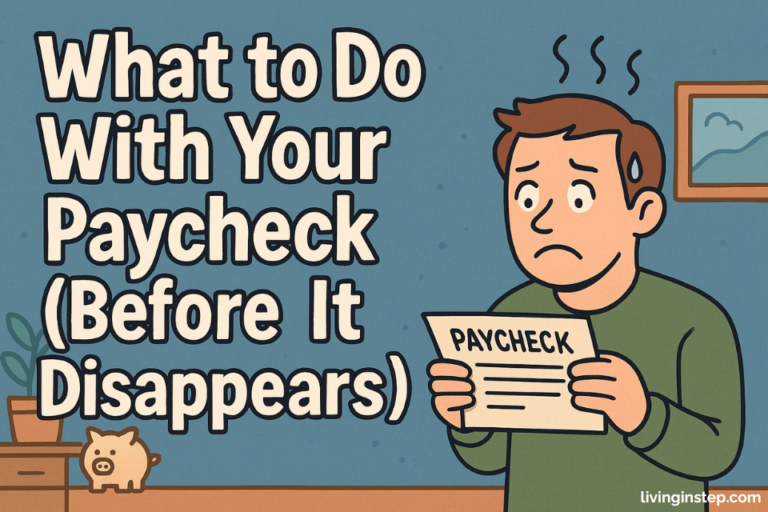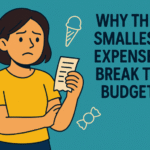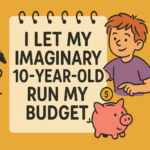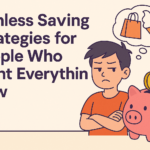It’s fair to say most people like the idea of budgeting.
Being organized
Feeling secure
Knowing where your money’s going instead of wondering where it went
But when it comes to actually doing it?
That’s where the disconnect starts.
Because traditional budgeting doesn’t just track your money—it also tends to drain your energy.
The spreadsheets
The guilt
The feeling that if you mess up once, the whole thing unravels
No wonder it’s hard to stick with
But what if budgeting didn’t feel like budgeting?
What if it wasn’t color-coded?
Or didn’t involve combing through every transaction?
And what if it didn’t make you feel like you were failing every time you forgot to log a coffee?
Because here’s the thing most people won’t tell you:
The goal isn’t to follow a perfect budget
It’s to feel in control of your money
Without obsessing over every penny
That’s possible
And it doesn’t require a complete system overhaul
Start by noticing your money’s rhythm
Every income has a rhythm.
Every expense has one too.
You might not have it written down—but you already know the basics.
Rent hits on the 1st
Groceries fall on Saturdays
The auto-payment sneaks out mid-month
Budgeting doesn’t have to mean building something new from scratch
Sometimes it just means putting words to what’s already happening
Have you ever noticed you spend more when you feel scattered?
Or that your best months happen when you don’t think about money 24/7?
That’s a rhythm worth leaning into
Divide, don’t detail
Most people abandon budgeting because it asks too much.
Track everything
Categorize everything
Justify everything
That’s exhausting and feels like a lot of hard work
Instead, break your money into just a few mental buckets
Fixed: rent, bills, insurance
Flexible: groceries, gas, household
Fun: everything else
You don’t need 14 categories to be intentional
You just need boundaries that feel realistic
And when the lines are simple?
You’re more likely to actually follow them
Automate what annoys you
One reason budgeting feels like a chore is that it is a chore
So the less of it you have to do, the better
- Auto-pay bills
- Set recurring transfers to savings (even small ones)
- Use banking apps that categorize spending for you
It’s not about losing control
It’s about reducing friction
Because when things happen automatically, you’re free to focus on decisions—not details
Ever looked back on a month and thought,
“I didn’t even realize I was doing the right thing”?
That’s what automation gives you
Don’t make your system prettier than it is useful
This one sneaks in when you’re “motivated”
You download a new budgeting app
And efficiently start logging receipts
You color-code categories and plan no-spend days
And for a week? You feel amazing
Then life happens
You get busy
You miss a few entries
And suddenly, the whole thing collapses
People don’t quit budgeting because they’re bad with money
They quit because the system they built only worked when nothing else went wrong
Pause here for a second…
This might be the moment where you think:
“So basically, just do less?”
Kind of.
But not out of laziness
Out of strategy
Because if the system only works when your energy is high
It’s not a sustainable system
And sustainable systems are the only ones that stick
So the next time you want to “get back on track”—ask yourself:
Would this still work on my most tired day of the month?
If not, it needs to be simpler
Final thought
You don’t have to budget like an accountant to stay in control
You don’t need a binder
You don’t need a checklist
And you definitely don’t need to feel bad every time real life doesn’t match your projections
Budgeting doesn’t have to look like budgeting
It just has to work
Quietly
Consistently
In the background of your life
And when it does?
That’s when you know you’ve finally built something you’ll actually keep using
Note: This content is for entertainment purposes only and is not financial advice. Please consult a qualified financial advisor for guidance specific to your situation.








